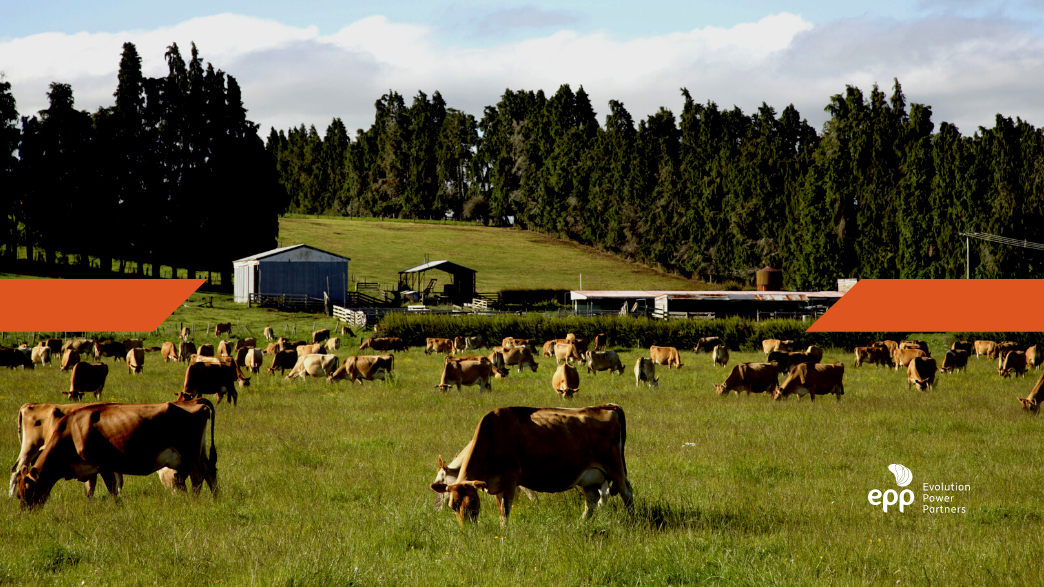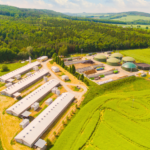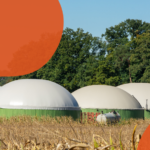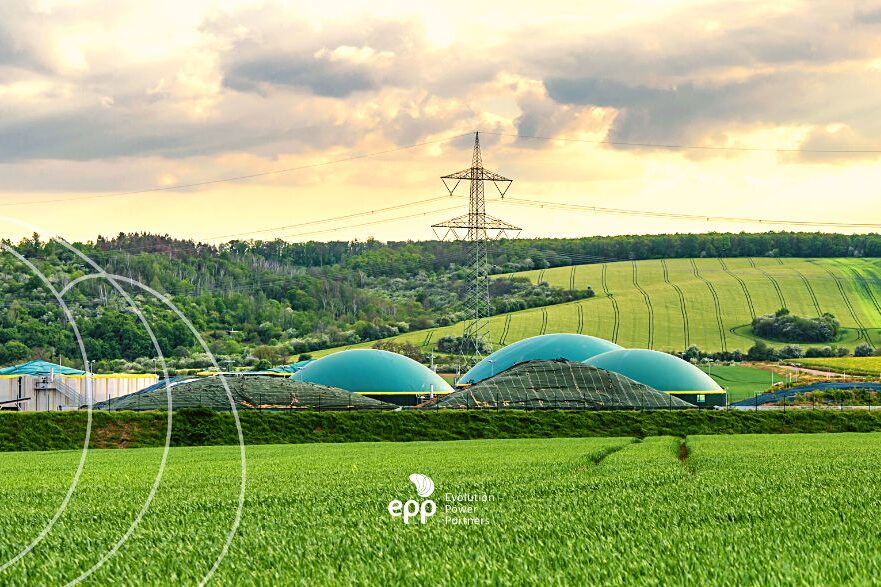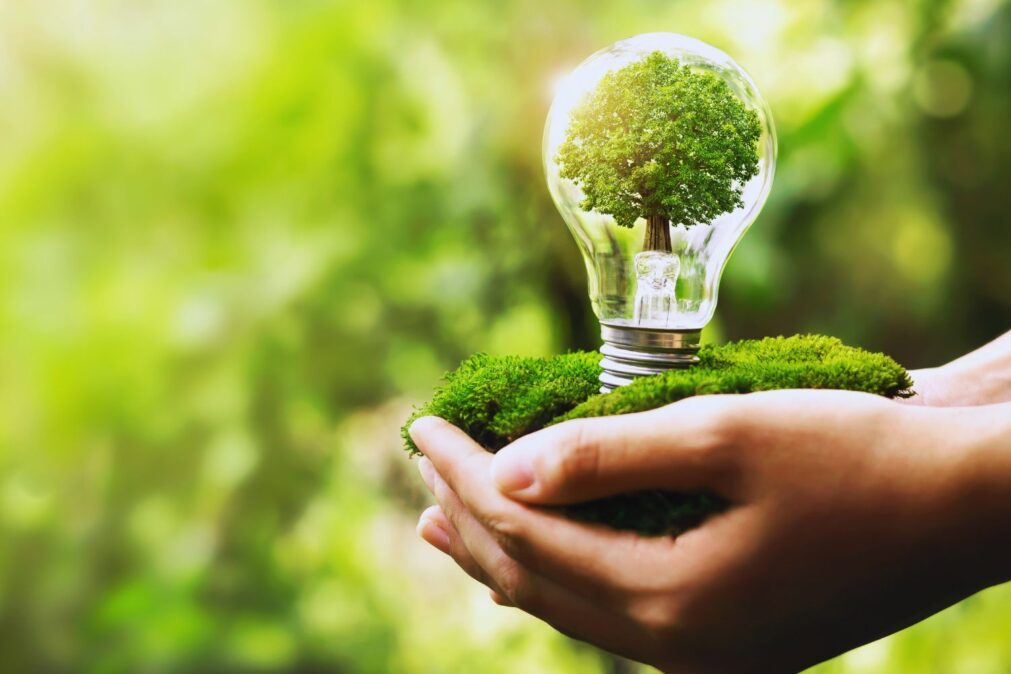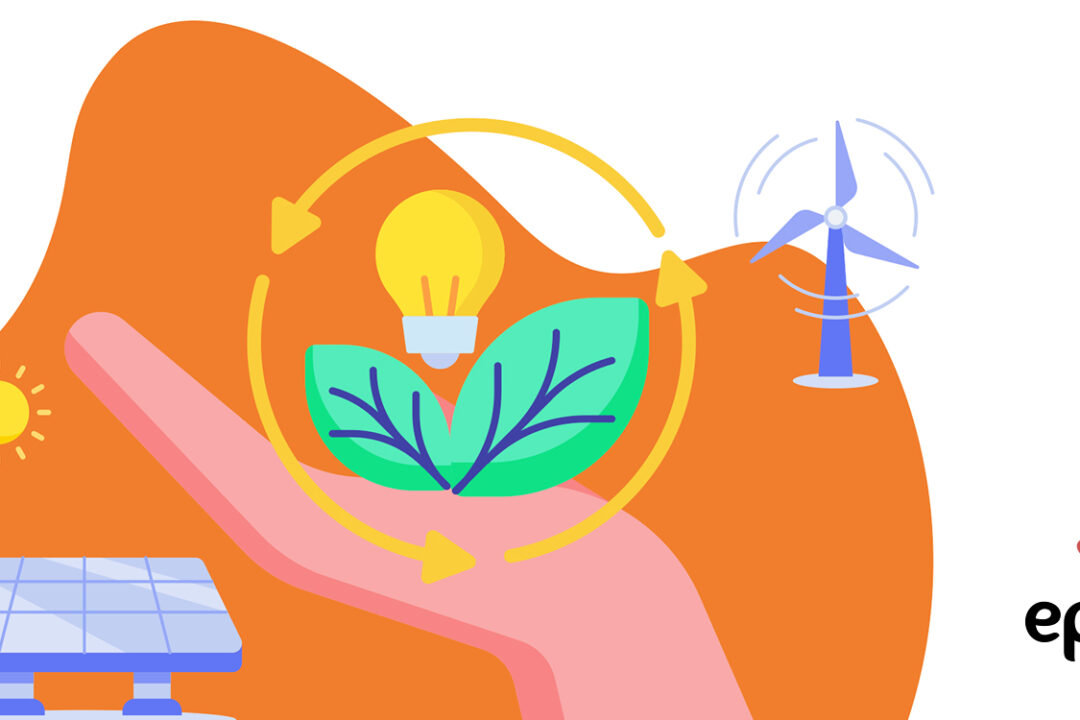According to ABGD, rural DG may reach the 2.5GW mark in 2022. Check out the sector’s milestones, growth and expectations.
The growth of rural DG in Brazil is being driven by rising energy values and uncertainties about security of supply. In addition, the advancement of the Legal Framework for Distributed Generation (PL 5829/2019) in Congress are some factors pointed out to explain the growth.
At the beginning of 2021, the country had about 4.5 gigawatts of installed power in distributed generation. In December, the brand reached 8 GW installed, with most coming from solar energy. Thus, there are more than 700 thousand photovoltaic systems and 883 thousand consumer units operating in solar DG.
Of this total amount, approximately 1 GW is installed in rural areas, according to the National Electric Energy Agency (ANEEL).
The growth of rural GD
The value of 1 GW of installed power in the rural DG is generated by more than 64,000 plants, with just over 95% made up of photovoltaic panels. The 5% is complemented by water, biomass and wind sources. According to the calculations of the Brazilian Association of Distributed Generation (ABGD), the value is enough to supply about 1.5 million inhabitants.
With the approval of the Legal Framework for Distributed Generation, it is expected to increase the sector’s transparency and expand opportunities for democratization and access to the generation system. One of the advantages of the new legislation is that users who apply for membership up to 12 months after the publication of the landmark will be exempt from fees until 2045.
With differentiated financing, the rural producer is able to invest in systems and opt for renewable energy. With the successive increases in the electricity bill in 2021, the producer that generates its own energy is already achieving a better profitability in its activity, by reducing the expense with this expense.
To stimulate the sector, banks are offering specific financing conditions for photovoltaic projects on rural properties. Rates were reduced and the installment period extended to up to 96 months, with an increase in the grace period for payment of the first installment.
Perspectives for the future
For the future, the expectation is that the growth of rural GD will increase, as well as the residential, commercial and industrial segments. According to ABGD, the distributed generation sector in rural areas should reach the level of 2.5 GW in 2022.
This is due to the availability of large areas in the field and the absence of tall buildings that could block sunlight. Thus, these conditions raise the growth projections for solar technology and GD in rural properties.
Therefore, it is possible to say that, for 2022, distributed generation will grow in Brazil, and, consequently, rural DG will also develop based on a development scenario. Did you like our content? If you still have any questions about it, leave your comment in the post.
